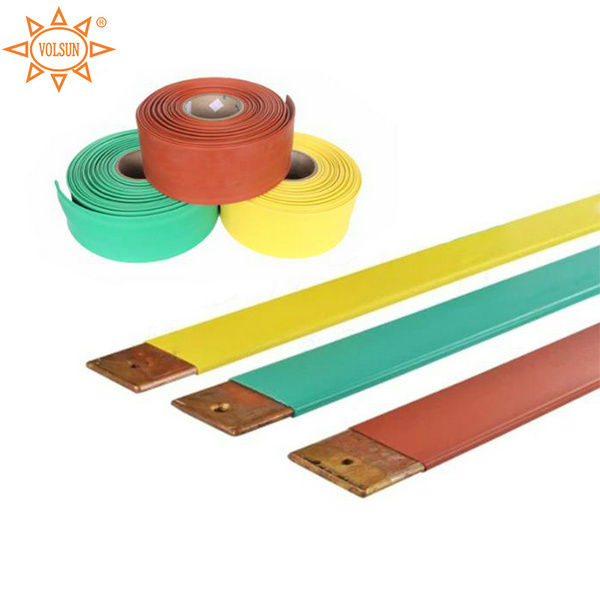How Do You Cut Braided Cable Sleeves
Introduction Braided cable sleeves are essential for organizing and protecting cables in various environments. They offer protection against abrasions, heat, and chemicals while improving the overall aesthetics and safety of cable management systems.
More >>
Choosing The Right Fiberglass Silicon Sleeve for Cables
Introduction Silicone Fiberglass Sleeving is a versatile material used across many industries. Its ability to withstand high temperatures, chemicals, and tough conditions makes it essential for protecting cables and wires.
More >>
A Guide About Choosing Cold Shrink Tube vs Heat Shrink Tube
Today we'll discuss how to choose between cold shrink tubing and heat shrink tubing. We'll delve into several key aspects to help you make an informed decision. 1. Application Environment and Safety: The Primary Decision Factor Heat shrink tubing installation requires an external heat source, whethe
More >>
Do Cable Sleeves Work?
IntroductionIn today's interconnected world, managing and protecting cables is essential in homes, offices, and industrial environments. Cable sleeves are vital tools for organizing, insulating, and safeguarding cables, offering protection against environmental hazards and wear.
More >>
What Is Fiberglass Sleeving Used For?
The Guide to Fiberglass Sleeving for Electrical Protection IntroductionModern systems run hot and fail easily.Wires face heat, vibration, and voltage stress.Fiberglass Sleeving prevents these problems.It protects cables in harsh environments.
More >>
How Does Self Fusing Silicone Tape Work
You use self fusing silicone tape by wrapping it tightly around the damaged spot. The tape sticks to itself with a chemical process called amalgamation. This makes a smooth layer without any glue. Silicone tape is good for quick fixes because it makes waterproof and airtight seals.
More >>

